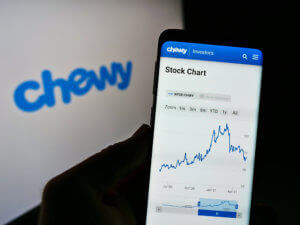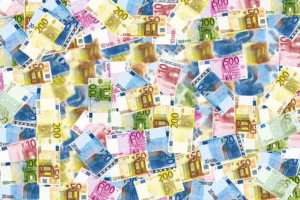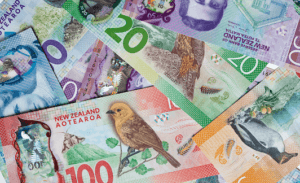Oil prices tumbled on Thursday as the US dollar hit a two-month high on continued uncertainty over inflation in the world’s largest economy and the Federal Reserve’s interest rates.
Brent crude oil futures for August delivery fell 0.21% to $85.07 per barrel, while the US West Texas Intermediate (WTI) dropped 0.32% to $80.64 per barrel.
The two benchmarks posted some gains on Wednesday despite an unexpected build in US crude stockpiles last week.
Concerns over supply disruptions from Russian and Middle Eastern tensions have also resulted in profit-taking in oil markets, bolstering crude prices by 4% through this month.
However, the surprise surge in US crude and gasoline inventories is pressuring markets due to soft demand.
Data from the Energy Information Administration (EIA) showed on Wednesday that oil stockpiles in the no.1 consumer rose around 3.6 million barrels (mb) in the week to June 21, significantly missing forecasts for a 2.6 mb slide and the 2.5 mb draw posted the week prior.
US gasoline supplies also increased 2.7 mb in the period from the 2.3 mb decline in the previous week, signaling ongoing weakness in fuel consumption despite the summer season’s expected increase in air and road travel during the Fourth of July week.
The reading reinforced the prospect of sluggish fuel demand in the country, which is currently facing stubborn inflation and high interest rates.
Strong US Dollar Keeps Oil Pressured Ahead Key Economic Cues
Oil prices experienced some pressure from a rising dollar this week as traders leaned on the greenback ahead of several crucial economic cues from the US.
The dollar index advanced 106.00 against its peers on Wednesday, marking its highest in two months.
The currency was trading 0.13% lower at 105.91 on Thursday, retreating from its peak after new home sales in the country slipped 11.3% to an annual rate of 619,000 in May from April’s revised 698,000 units.
Still, the US’s economic picture continues to show strength. While there are a few disinflationary indications, prices in the country remained above the Fed’s annual 2% target, preventing the central bank from entirely opting for easing monetary policy.
Traders now await the release of the final US gross domestic product (GDP) estimate later in the day and the Personal Consumption Expenditures (PCE) price index, the central bank’s preferred inflation gauge, on Friday.
The first US Presidential Debate is also in focus, with President and presumed Democratic candidate Joe Biden and presumed Republican nominee Donald Trump set to face off on Thursday.











